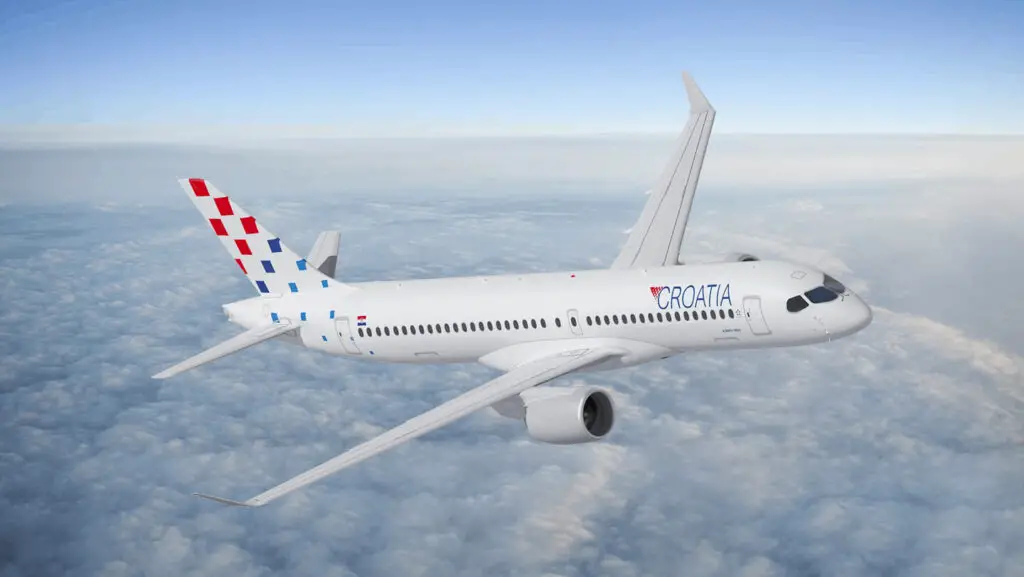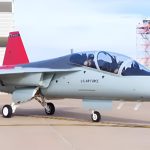American aircraft leasing company Air Lease Corporation announced on Monday that Croatia Airlines will take delivery of six Airbus A220s on a long-term lease basis. According to a press release, the Croatian national carrier will receive four A220-300 and two A220-100.
The aircraft, which will come from the lessor’s order backlog with the European aerospace manufacturer, are scheduled to be delivered gradually between 2024 and 2025.
«We are pleased to announce this lease placement for six new Airbus A220 aircraft with Croatia Airlines», said Steven F. Udvar-Házy, Executive Chairman of Air Lease Corporation. He also stated that they look forward to «to a successful long-term relationship with Croatia Airlines as the airline modernizes and expands its fleet with the newest and most fuel-efficient jets».
The Airbus A220, key to Croatia Airlines’ fleet renewal process
At the end of 2021, the airline initiated discussions with Airbus, Boeing and Embraer, the three largest aircraft manufacturers in the world. The goal of Croatia Airlines was to replace its Airbus A319ceo and A320ceo with aircraft better suited to Croatia’s seasonal market and its operational needs.
In this regard, the company plans to standardise its fleet and replace all its A319ceo, A320ceo and De Havilland Canada Dash 8 with Airbus A220 aircraft over the next four years.
Last November, Croatia Airlines signed an agreement with Airbus for the purchase of six A220-300. In addition to its own airplanes, a further nine aircraft will be added on a leasing basis. Thus, the airline planned to incorporate a total of fifteen A220-300 to carry out its fleet renewal plan.
The airline’s choice is related to the greater operational efficiency that the A220-100 and the A220-300 would provide. Both are more suited to the Croatian market, which is characterised by seasonality: the smaller size of the future aircraft in its fleet would optimise overall performance on routes which traditionally experience reduced demand during the autumn and winter months.














